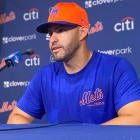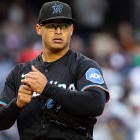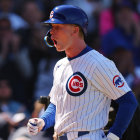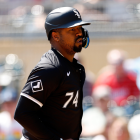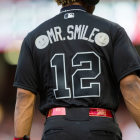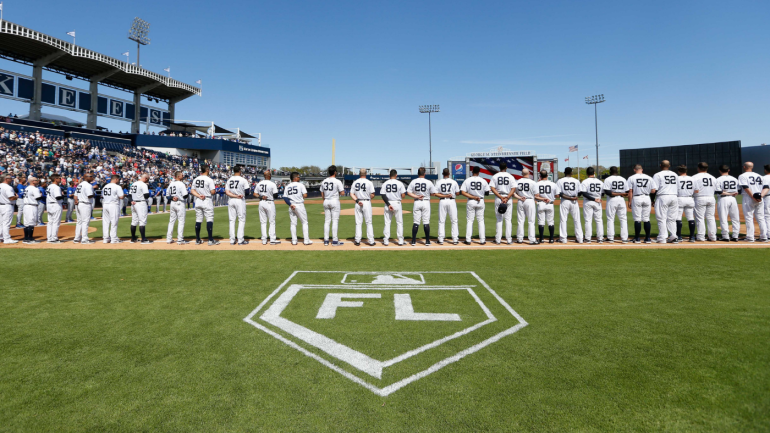
Major League Baseball players are set to begin reporting to Arizona and Florida for spring training next week. The league laid out COVID-19 health and safety protocols this week, and spring training games will begin before the end of the month.
While MLB outwardly appears content to treat spring training like… well, spring training, there will be some notable differences between this exhibition season and those of the past. Below, we've laid out three such ways.
1. Less players and more space
Teams can invite up to 75 players to camp, but that doesn't mean facilities will be as packed as usual. Baseball America's JJ Cooper reported in January that MLB will delay the start of the season for most minor-league affiliates. Players at the Double-A and Class-A levels won't report for camp until after their big-league and Triple-A peers depart.
The lack of overlap should theoretically make it easier on players to socially distance, and to follow other coronavirus-related safety measures. It also reduces the chances of an outbreak that spreads throughout an entire organization.
MLB will also impose a delay between reporting and intake testing, with a five-day quarantine period that allows for late-developing infections to be caught before workouts commence.
2. Hubs and altered schedules
As with last year's regular season, MLB is restructuring the spring training schedule to prioritize geography. The league is in the process of setting up two hubs for the Grapefruit League in Florida, one on the state's east coast and another on the west, that will limit the amount of cross-state travel teams have to conduct, according to Ken Rosenthal of The Athletic.
It doesn't seem likely that MLB will feel the need to do something similar with the Cactus League schedule. Spring training facilities in Arizona are more tightly clustered than those in Florida, allowing for more convenient travel.
As Rosenthal notes, Florida teams located on the east coast will play four fewer games. Those teams will make up for those missed repetitions with intrasquad games.
3. There will be some fans
Fans weren't permitted entrance last regular season, but they will be allowed in once again this spring, albeit in limited numbers. The Minnesota Twins and Boston Red Sox, for example, will be limiting their crowds to 2,400 people apiece. Other teams figure to impose similar limitations as a means of generating some gate revenue.
Ostensibly tickets will be sold under similar provisions to last year's postseason, and to those packages offered by other sports. Fans will have to buy tickets in "pods," alongside other family members or friends, and will have to remain socially distanced and masked unless they're eating or drinking.
It won't be spring training as normal, in other words, but it is closer in that direction than last July's so-called "summer camp."


















